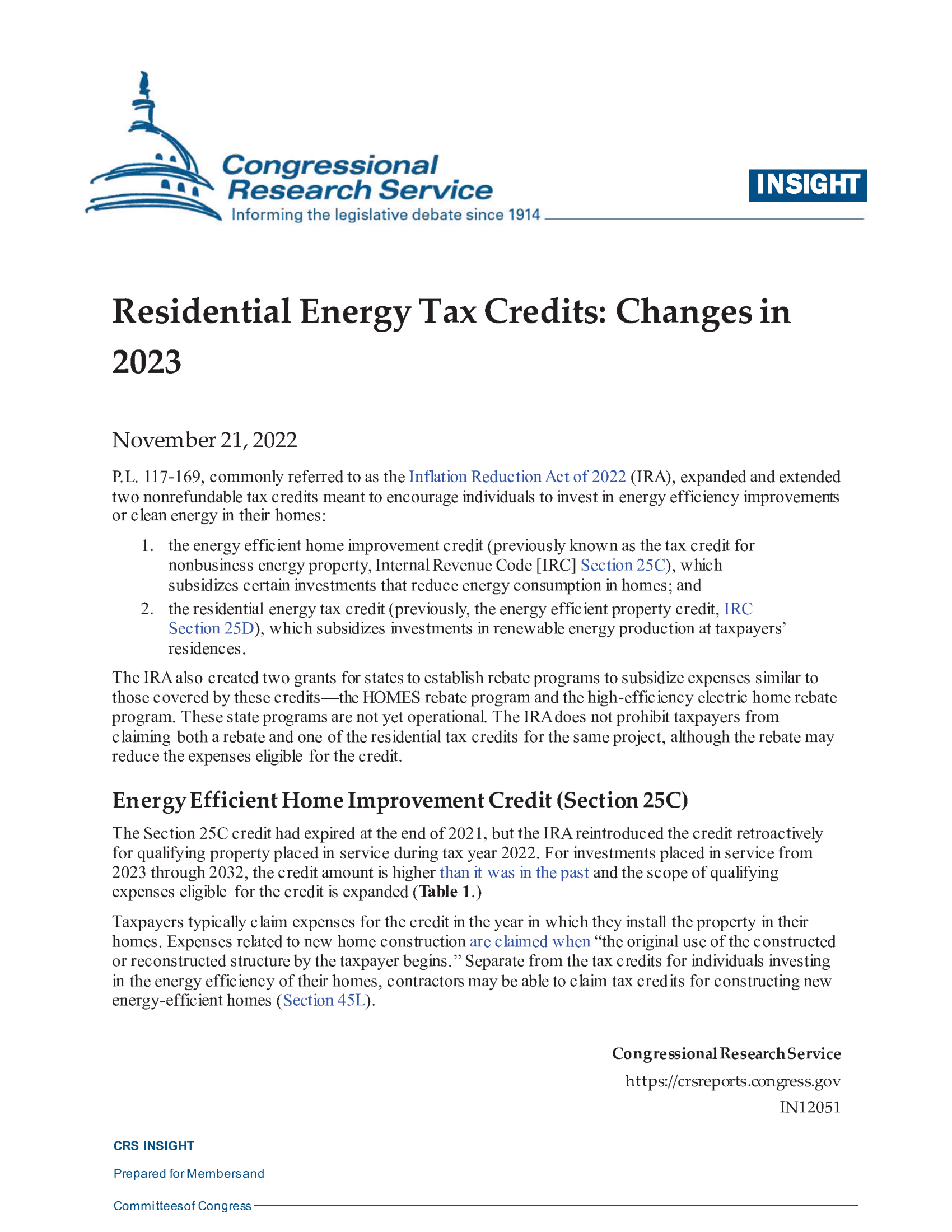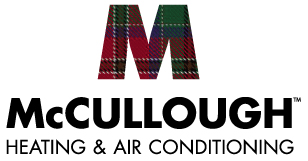4.8 Google Rating
Federal Govt’s Inflation Reduction Act (IRA)
As part of the Federal Govt’s Inflation Reduction Act (IRA), the newly revised 25C Federal Tax Credit for Residential Energy Property becomes effective for work completed beginning January 1st, 2023.
A standout feature in the IRA is that it makes an exception for heat pumps used for heating by making a tax credit available to homeowners that is 30% of the cost of the installation up to $2,000. To give you some idea of how significant this is, the maximum federal tax credit for a a central AC system is $600 in the IRA (double what it was). Also, to clarify, a tax credit – unlike a “tax deduction” – represents a dollar for dollar reduction of one’s federal tax bill. That is, if the total federal tax you owe for the year without the tax credit is is $10,000, a $2,000 federal tax credit will reduce your tax bill to $8,000. It’s like having the federal government pay $2,000 towards your new heat pump system!
Property Placed In Service After 12/31/2022
H.R. 5376 of 2022 modified the value of this tax credit, making it 30% of the cost of an item or improvement. Each item or improvement has a separate tax credit cap as shown below, and a taxpayer cannot claim more that $1,200 in total tax credits per year, except as specified.
Building Envelope Improvements
Owners of existing homes may receive a tax credit worth 30% of the cost of upgrading the efficiency of the building’s envelope. Installation (labor) costs are not included and, the improvement must meet the specified efficiency standards. The following improvements are eligible for the tax credit:
- Exterior windows and skylights: $600 maximum per year. Must meet Energy Star’s most efficient certification requirement
- Exterior doors: $250 maximum for each door, $500 maximum for all doors per year. Must meet applicable Energy Star requirements
- Insulation materials, air sealing materials, or systems designed to reduce a home’s heat loss or gain: $1200 maximum per year. Must meet the prescriptive requirements established in the most recent International Energy Conservation Code
Qualified Energy Property
Taxpayers who purchase qualified residential energy-efficient property may be eligible for tax credit. The equipment must meet or exceed the highest efficiency tier (not including any advanced tier) established by the Consortium for Energy Efficiency which is in effect as of the beginning of the calendar year in which the equipment is placed in service, and/or any additional standards specified below. The credit is equal to 30% of the cost of the equipment. Note, heat pumps, heat pump water heaters, and biomass stoves have caps that exceed the otherwise $1,200 cap for this credit:
- A natural gas or electric heat pump water heater: $2,000 maximum credit
- An electric or natural gas heat pump: $2,000 maximum credit
- A central air conditioner
- A natural gas, propane, or oil water heater
- A natural gas, propane, or oil furnace or hot water boiler that meets additional requirements
- A biomass stove with a thermal efficiency rating of at least 75% that is used to heat a dwelling or water: $2,000 maximum credit
- Any improvement to or replacement of a panelboard, sub-panelboard, branch circuits, or feeders which is installed in accordance with the National Electric Code, has a load capacity of not less than 200 amps, is installed in conjunction with any qualified energy efficient improvement.
Proudly Serving Austin and the Surrounding Areas
 Allandale
Allandale Anderson Mill
Anderson Mill

 Brentwood
Brentwood
 Courtyard
Courtyard Crestview
Crestview Davenport
Davenport

 Jollyville
Jollyville



 Oak Hill
Oak Hill



 South Austin
South Austin



